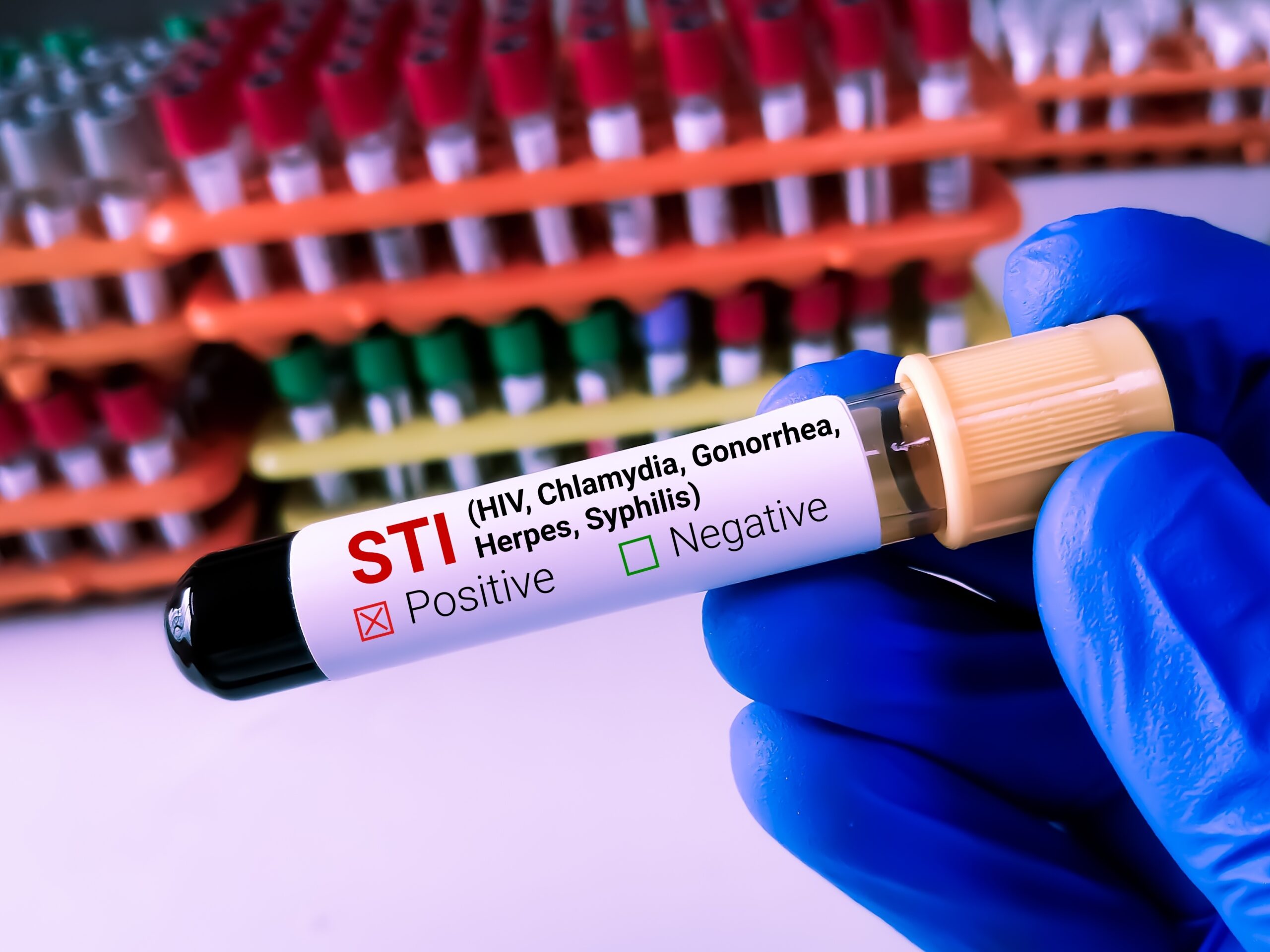Understanding Sexual Risk Avoidance
Sexual risk avoidance provides information within a broader conversation that strongly emphasizes the value of waiting to have sex in order to avoid all sexual risks.The Church has historically encouraged and guided young adults and couples to practice abstinence before marriage.
While it requires self-control and can be difficult, abstinence offers practical benefits. By refraining from sex, there is no chance of pregnancy, and both men and women avoid contracting or spreading Sexually Transmitted Diseases or Sexually Transmitted Infections (STDs and STIs).
Practicing abstinence also has emotional health benefits. While we may not think about it at the time, sex carries very heavy emotions. That is the way that God created it. In the Bible, sex was created to fuse marriages and to procreate. Culture may tell us that sex is just a physical component, but it isn’t. By not having sex, men and women can avoid regret, hurt, or even trauma. It’s important that, as parents, we’re educating and encouraging our children to understand that romantic relationships are not just physical and sexual. Having a sense of value beyond what is found in physical intimacy is vital to life-long, sustainable relationships.
Despite the many benefits, abstinence and those that choose to remain abstinent are often ridiculed by today’s culture. The new mindset surrounding abstinence is that people who aren’t having sex are prudish and closed-minded – afraid of their own bodies. Sex is celebrated in every format, in every media, whenever and however it is desired. Yet, this sexual “freedom” — which is impacting children at younger and younger ages — does not bring the freedom and joy promised.

Common Questions
Isn't abstinence talk just for teenagers?
The core value of abstinence is not just saying “no” to sex outside of marriage; it is that of sexual purity. It means abstaining from sexual immorality that does damage to us spiritually. Such examples include pornography, and/or adulterous thoughts/relationships. We are all prone to sin, especially sexual sin, so abstinence and sexual purity is as important to teenagers as it is to mature, married adults.
If abstinence is encouraged, does that mean sex is bad?
This is a common misconception, in fact, the opposite is true. We value abstinence because sex is not only good but also has beauty and purpose. The Bible, notably Song of Solomon, celebrates marriage and sex. Many church teachings about abstinence, like Pope John Paul II’s “Theology of the Body,” emphasize that sexual desire is a good thing given to us by God and addresses how to value that gift with a pure heart.
14,000 sexual encounters
are seen by a teenager in a year’s time through entertainment media.
By age 8
children are likely to accidentally see a pornographic or sexual image on the internet or a smartphone.
44% of girls
with multiple sexual partners experienced depression according to a two-year study involving 13,000 middle and high school-aged girls.
STDs and STIs
Sexually Transmitted Diseases and Sexually Transmitted Infections (STDs and STIs) are transmitted through sexual contact, caused by bacteria, viruses, or parasites. The most common types are Human Papillomavirus infection (HPV), Herpes, Chlamydia, Gonorrhea, HIV/AIDS, and Syphilis. The United States has the highest rate of STDs in the industrialized world, and half of all STIs occur in people 25 years of age or younger. What many teenagers do not realize is that STDs can be contracted from oral, vaginal, or anal sexual activity. It’s important to note that methods of contraception DO NOT protect individuals from STIs or STDs; the only 100%, fully effective method to prevent STDs and STIs is abstinence.


Contraception
Some examples of contraception include hormonal birth control pills or injections, inter-uterine devices, and natural family planning. All contraception methods have varying degrees of success in preventing pregnancy, but additional problematic aspects of birth control include the potential health consequences due to the synthetic hormones or steroids used in birth control and the types of contraception that can act as abortifacients.
Calling Young Anglicans,
Youth Leaders, and Parents…
Anglicans For Life believes it is important to engage students and adults in educational opportunities that equip them to speak the truth about the Sanctity of Life in a culture that uses misinformation to mislead people about lite topics such as abortion. legislation. motherhood. and contraception. Watch these short video teachings that uproot pro-abortion lies and plant pro-life truths in the hearts of young people.


